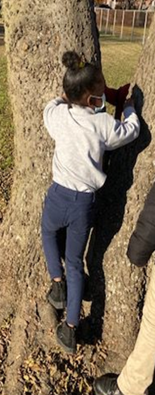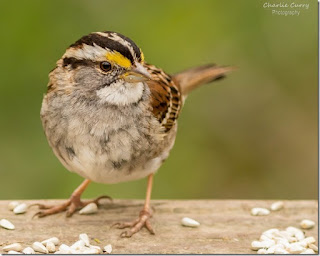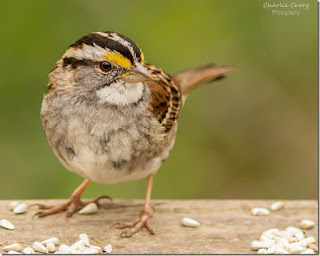Who Knew Nature Could Be So Fun!
“If I keep this dirt in the jar for a long, long, long time, what will happen?”
“Where will these ants find their food?”
“Ugh, stink bugs! But they’re so interesting to watch.”
“I love the colors of this bug.”
“Will it bite me?” “Oh, it tickles!”
Apologies, dear reader, but there are hardly any pictures to go with my story. We’re always just too busy. Sometimes we take a photograph of a specimen to be able to look up information later, but you’ve seen plenty of bug pics in your life. No need to show those here.
Instead, imagine hearing the excitement in the words of the kids as I have shared above. Try to visualize them as they saunter slowly over the grounds of the community center parks carefully looking for living things. Then, suddenly, the race is on as someone shouts, “Come see what we found!”
Because, dear reader, this is what Naturalists do.
And this is my marvelous world as I visit Metro Parks Community Centers in the role of the Urban Naturalist representing Warner Park Nature Center. I’m the Nature Lady, Ms. Betty, or just the person they hit on the arm to ask a question.
My mandate is to get kids outside to discover the natural world – their natural world. This is the goal. We want children to understand that they are one with nature. Nature is not out there. Nature is part of us, and we are part of Nature. The Sun’s energy cycles through microbes and plants and animals and us. It’s our own back yard, in the bark of the tree, and in the crack in the sidewalk.
Discovery and sharing are important aspects of what we do together. Our club is called Nature Detectives and we look for clues to learn the answers to our questions. We notice. We wonder. We observe. We always look for evidence. We learn scientific terms and do not assign human emotions to the animal specimens.
But we do establish relationships with creatures and plants as we compare our basic needs with theirs and learn how very clever and unique each species is in providing water, food, shelter, and safety in their habitat.
Similarities of need help children establish an emotional relationship with the natural world. So, then you’ll hear, “Don’t step on that ant. The colony is depending on it for food. Don’t you know they have to all work together?”
A small, small world unites us. My hope is that these “detectives” will protect our Mother Earth.
Betty Krogman
Urban Naturalist
Warner Park Nature Center
February 2022














.jpg)